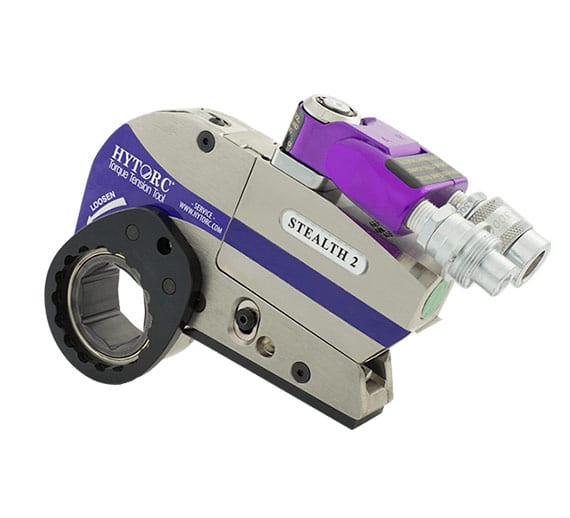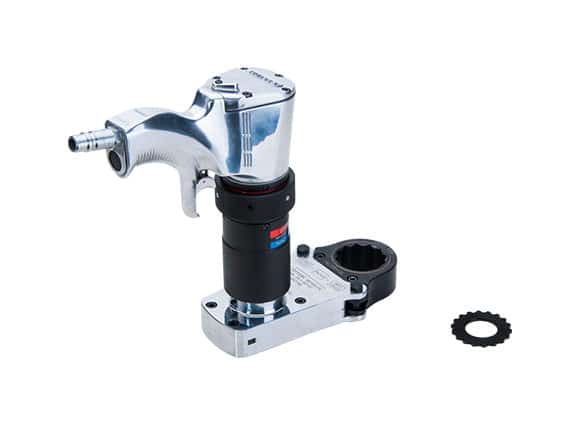HYTORC hydraulic or pneumatic torque tools can be adjusted by means of oil or air pressure.
The torque-pressure correspondence chart of each tool is the mainHYTORC calculation tool which will allow to use the tool with precision.
Each model of hydraulic wrench or pneumatic screwdriver has its own table of correspondence between the output torque and the input hydraulic or pneumatic pressure.


All HYTORC hydraulic wrenches have a maximum operating pressure of around 700 bar (10,000 psi), which all HYTORC pumps are capable of delivering. With a HYTORC hydraulic pump and your wrench’s abacus you’re able to operate the tool over its full rated torque range. Your wrench’s torque-pressure correspondence abacus gives you the torques for each 200 psi increment, easy to locate on the HYTORC pump’s pressure gauge. Pressure correspondence in bars is of course also indicated, as well as the other two torque units, ft.lbs and m.Kg (or DaN.m depending on version). If the torque you need to apply is not indicated in the abacus, a cross product of this value with the nearest correspondence will give you the setting to be made. The torque calculator gives you directly the pressure setting for the torque calculated for your bolt according to the hydraulic wrench that has been chosen.
HYTORC pneumatic screwdrivers work up to around 6 bar (90 psi) pressure, which your compressed air network or mobile jobsite compressor must be able to supply to take advantage of the screwdriver’s maximum capacity. The torque-pressure correspondence chart supplied with your pneumatic torque screwdriver gives you a number of values between the two pressure units psi and bars, and their corresponding torque at the screwdriver output, expressed in the three torque units N.m, m.Kg and ft.lbs. To find the right pressure level to set for the desired torque, we need to make a cross product of the desired torque with the closest torque-pressure correspondence.
